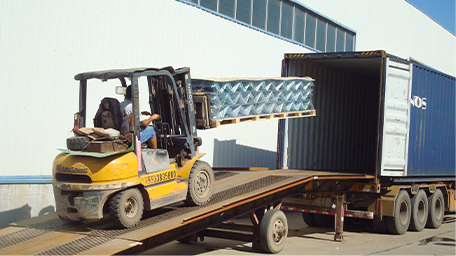
- Mobile Phone
- +8613931874955
- sales@cntcmetal.com
different types of coil springs
Different Types of Coil Springs An Overview
Coil springs are an essential component in various engineering and mechanical applications, providing a foundational role in absorbing shocks, maintaining tension, and facilitating motion. Their spiral shape allows them to store energy and release it when needed, making them invaluable in automotive, aerospace, industrial, and consumer products. There are several types of coil springs, each designed for specific functions and environments.
1. Compression Springs
Compression springs are designed to operate under axial loads that compress the spring. These springs are commonly used in applications where space is limited but high energy storage is necessary. They are often found in automotive suspensions, mattresses, and mechanical devices where parts must return to their original positions after being pressed. The efficiency of a compression spring is influenced by its diameter, wire diameter, and the number of active coils.
2. Extension Springs
Extension springs work in tension rather than compression. They are coiled in such a way that they tend to elongate when a pulling force is applied. Extension springs are typically equipped with hooks or loops at either end to facilitate attachment to other components. They are widely used in applications such as trampolines, garage doors, and various machinery where the ability to stretch and return to the original shape is crucial.
Torsion springs exert a force when twisted and are designed to resist rotational force. Unlike compression and extension springs, torsion springs twist around their axis when a torque is applied. These springs can be found in applications like clothespins, hinges, and various mechanical devices where rotational movement is required. Proper design is critical for torsion springs, as they must be engineered to withstand the specific load and angle of twist.
different types of coil springs

4. Die Springs
Die springs are a specific type of compression spring that has a higher load-bearing capacity compared to standard compression springs. They are typically used in manufacturing and die-casting operations where substantial forces are involved. Die springs are designed to endure high stress and are often made from chrome silicon or chrome vanadium material to provide increased strength and longevity.
5. Constant Force Springs
Constant force springs provide a consistent force along a range of motion. They are manufactured using a flat coil of spring steel, which, when uncoiled, exerts a uniform force. This type of spring is often utilized in applications requiring a long travel distance with a steady pull, such as in certain types of window shades, retractable seat belts, and balanced mechanisms in various devices.
6. Specialty Springs
In addition to the main categories, there are specialized coil springs designed for unique applications, such as conical springs (which allow for variable spring rates) and belleville washers (which act as springs in a compact form). These specialty springs can address specific needs in innovative ways, such as saving space or providing variable resistance.
Conclusion
Understanding the different types of coil springs is essential for engineers and designers in various fields. Each type serves a unique purpose, and selecting the right spring for a particular application is crucial for optimal performance. Whether absorbing shocks in a vehicle, returning a mechanism to its original state, or providing consistent tension, coil springs play an integral role in modern engineering solutions. With continual advancements in material technology and manufacturing processes, coil springs remain a vital element in the design of countless products used in everyday life.
share:
-
Your Source for Concrete Wall Ties and Masonry AccessoriesNewsJul.10,2025
-
Unlocking the Power of Iron Wire for Every ProjectNewsJul.10,2025
-
Explore Advanced Chain Wire and Stainless Steel Mesh FencingNewsJul.10,2025
-
Discover the Benefits of Annealed Wire ProductsNewsJul.10,2025
-
Discover China Stainless Steel Wire Mesh SolutionsNewsJul.10,2025
-
Build with Confidence Using High-Performance Masonry AccessoriesNewsJul.10,2025
-
Why Sacrificial Formwork Is Redefining Underground ConstructionNewsJun.06,2025



















